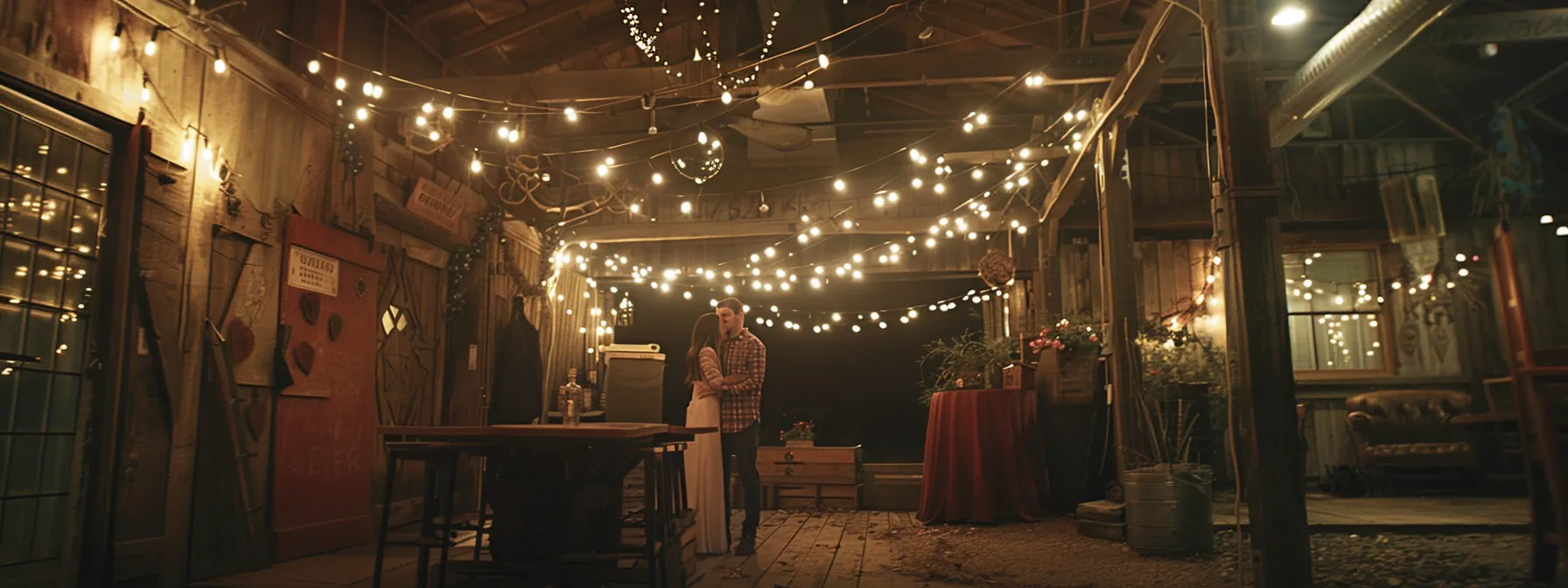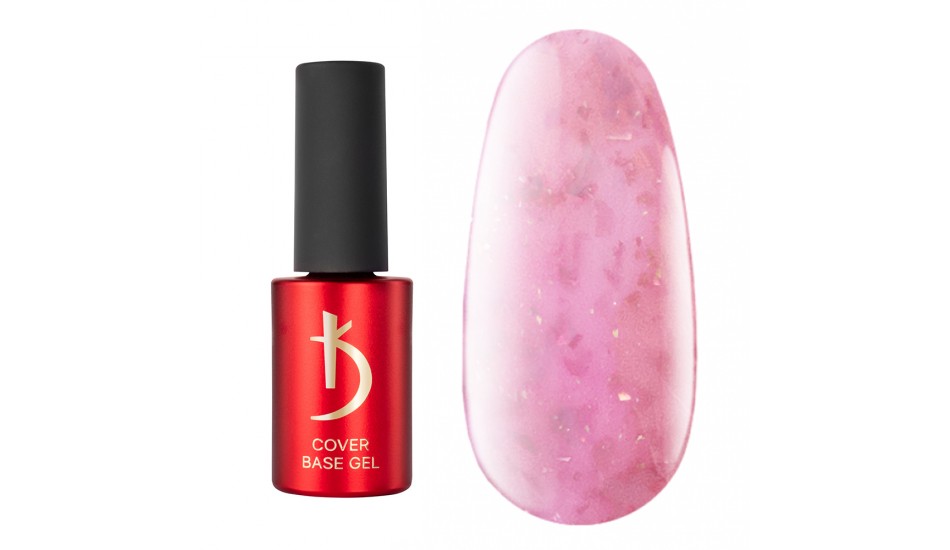As wedding bells begin to chime, the journey of planning can be as monumental as the day itself. Each detail, from venue to vendors, contributes to creating the ultimate celebration of love. While this may seem overwhelming, with the right guide and a sprinkle of patience, your dream wedding can materialize seamlessly. Below, we delve into the essentials of orchestrating your special day, ensuring that your matrimonial milestone is both magical and memorable.
Understanding the Timeline for Wedding Planning Success
To avoid the infamous stress of planning, understanding the timeline is crucial. Typically, couples should start planning 12 to 18 months before the big day to secure venues and vendors. This period allows ample time for research, comparison, and decision-making, ensuring that you’re not making choices under duress.
The initial months should focus on big-picture items: setting the date, drafting a guest list, and looking into potential venues. Pacing yourself during these early stages will afford you the luxury of choice and the ability to navigate any unforeseen availability issues with a level head.
Moving forward, the middle phase of planning should center on booking the florist, BBQ catering, photographer, and entertainment. As the special occasion draws closer, the last three months are key for final fittings, confirming RSVPs, and finalizing the fine details of the schedule. Remember, last-minute changes are a natural part of the process, so keeping a flexible mindset is beneficial.
Selecting the Perfect Venue for Your Wedding Day
Choosing your wedding venue is one of the most impactful decisions of the planning process. The venue sets the tone for your entire day, influencing décor, attire, and even the overall guest experience. Start by envisioning the type of wedding day you desire, be it a rustic barn, a grand ballroom, or a tranquil beach.
Consider the logistics of each potential venue, taking into account its capacity, location, and accessibility for guests. Remember that some venues may have restrictions on vendors or decoration, which could shape your planning. It’s also wise to think about the season and weather, ensuring that your venue can accommodate any necessary changes due to unforeseen circumstances.
When you visit venues, take the time to walk the space, visualize your wedding festivities, and ask plenty of questions. Sometimes, it’s the subtle details that determine whether a venue feels right. Think, too, about how your chosen space will be captured in photos—a North East & Yorkshire wedding photographer might suggest certain venues for their aesthetic and natural lighting, enhancing your wedding album immutably.
Crafting a Wedding Budget That Keeps Finances in Check
An astute budget is the backbone of wedding planning. It creates a financial blueprint that guides your choices and prevents overspending. To begin, discuss and decide on a clear budget with your partner, factoring in contributions from family members, savings, and any other income allocated for the big day.
Allot portions of your budget to different elements of the wedding based on priority. Essential items such as venue rental, food, and attire will consume a larger portion, so allocate funds to these first. Remaining flexible with your budget can also accommodate unexpected costs, ensuring you’re not caught off guard.
Tracking expenses is as important as setting the budget. Whether it’s a sophisticated spreadsheet or a dedicated planning app, keeping a detailed ledger allows you to monitor spending and make adjustments as needed. Remember, transparency with vendors about your budget can often lead to customized packages that better suit your financial outlook.
Designing Your Aesthetic: Themes, Colors, and Decor Inspiration

Your event’s aesthetic is an expression of your personal style and narrative as a couple. Begin by exploring themes and color palettes that resonate with you. Whether inspired by the season, a specific style like bohemian or classic, or even a location, the theme will guide your decision-making for decor and attire.
Consider the décor’s harmony with your chosen venue when selecting elements like flowers, lighting, and table settings. Collaboration with a designer or utilizing resources like Pinterest and wedding magazines can spark ideas and bring coherence to your vision. Don’t forget to account for the practicality of your decor—ease of setup and how it will interact with the space are just as vital as beauty.
When it comes to color choice, understand the mood different shades can create. Soft pastels might evoke a romantic atmosphere, while bold hues can lend a more dramatic flair. Factor in the venue’s existing color scheme to ensure that your palette complements, not clashes, with the surroundings.
Altogether, the road to a spectacular occasion is paved with thoughtful planning, personal touches, and a balance of practicality and passion. By paying close attention to these key aspects of event preparation, your matrimonial celebration will not only be striking but also an authentic reflection of the love and commitment you share.

Dilawar Mughal is an accomplished author with a passion for storytelling. His works span various genres, from thrilling mysteries to heartfelt romance novels. With a keen eye for detail and a knack for character development, Sana Fatima weaves engaging narratives that captivate readers and transport them to new worlds.










